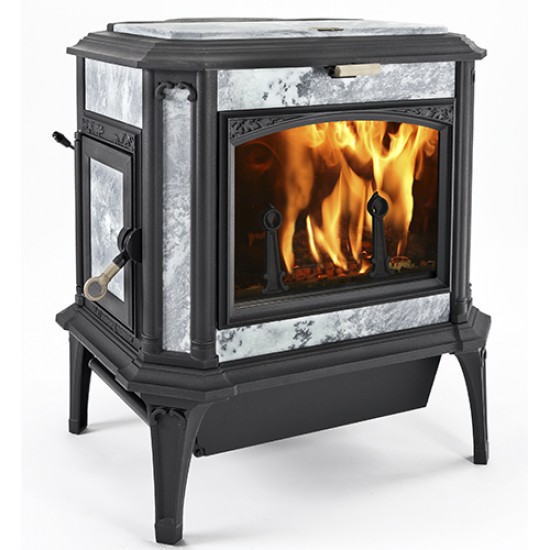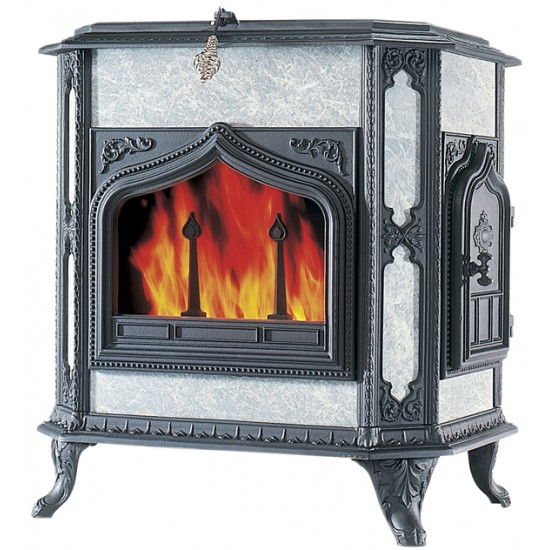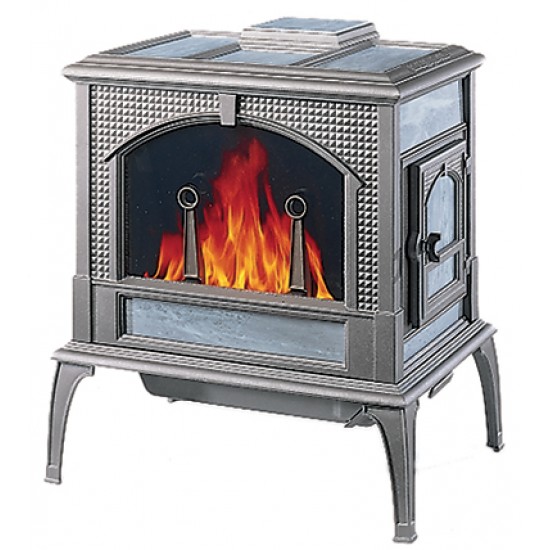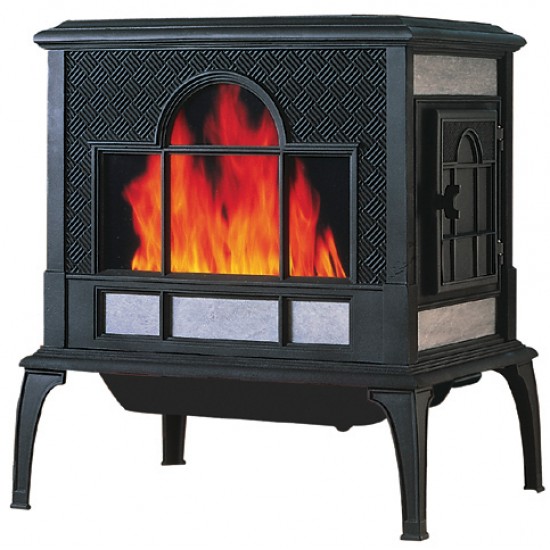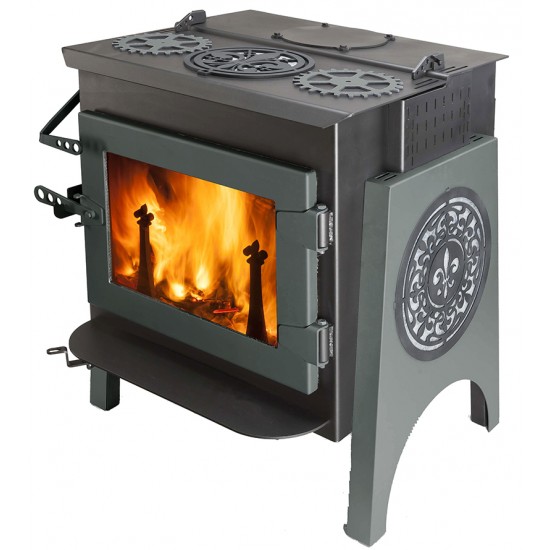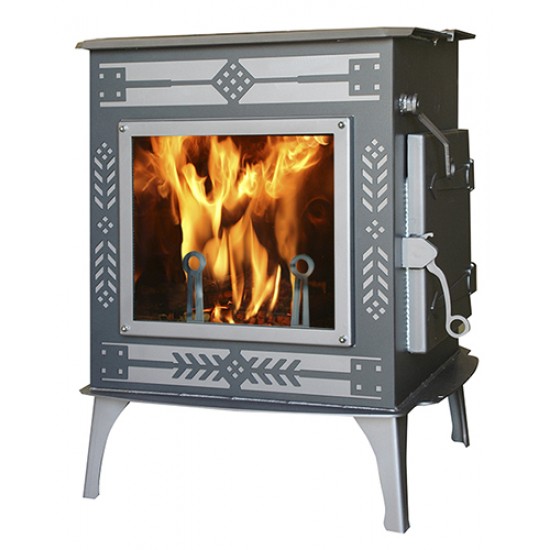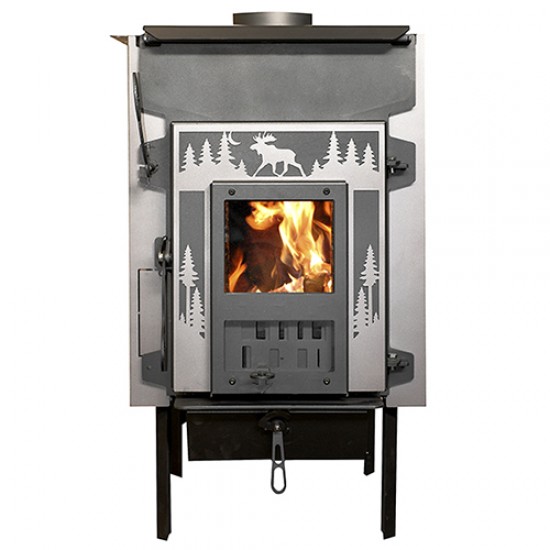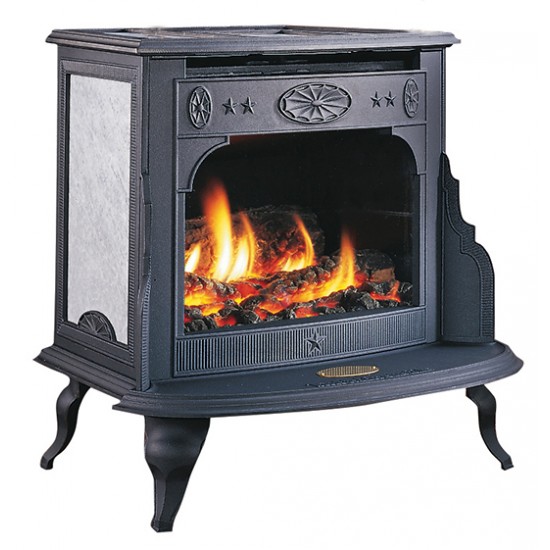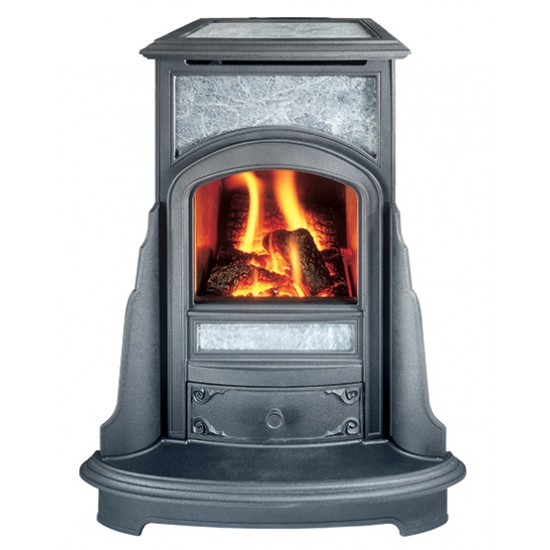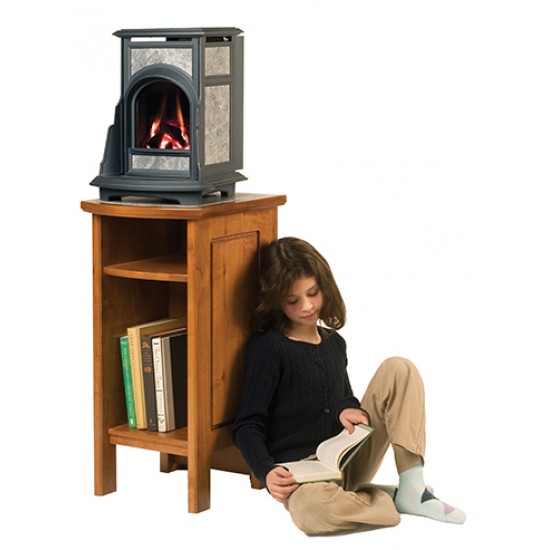26 Aug2010


For
all of you who have been patiently waiting for news, any news, about
the planned addition to our line of soapstone stoves, we are excited to
bring you some early information about what’s been going on in our R
& D lab! And for any of you who haven’t heard, we’ve been working
long and hard designing a new stove that is worthy of our already
stellar lineup. Many of the features in the design were added as a
direct response to feedback we’ve received from customers, and we’ve
added a few twists of our own. Our primary requirements for a new stove
have been:
(1) A higher maximum heat output
(2) A very broad range of outputs and fuel conditions
(3) Very efficient
The inside design is completely different from what we have done before as a result of one of our primary goals: MAXIMIZE efficiency and MINIMIZE emissions.



Please
check back with us from time to time. We will add new information as
we move along in our development of the new stove and other product
improvements as they happen.
(2) A very broad range of outputs and fuel conditions
(3) Very efficient
(4) Very clean
(5) Not simply to meet EPA mandates, but to far exceed them, at the highest and lowest burn rates
We aren't quite ready to show an illustration of the larger stove, but we can say that it will be approximately 32"H x 30"W x 22"D. The design plan is for the same 8-sided configuration as the Fireview, but with a decidedly more contemporary look for the castings. The firebox will be almost 50% bigger than the Fireview.
(5) Not simply to meet EPA mandates, but to far exceed them, at the highest and lowest burn rates
We aren't quite ready to show an illustration of the larger stove, but we can say that it will be approximately 32"H x 30"W x 22"D. The design plan is for the same 8-sided configuration as the Fireview, but with a decidedly more contemporary look for the castings. The firebox will be almost 50% bigger than the Fireview.
The inside design is completely different from what we have done before as a result of one of our primary goals: MAXIMIZE efficiency and MINIMIZE emissions.
The new stove is truly a "hybrid"
in the sense that it has a fully developed "secondary" burn plan and a
catalytic combustor. Why both? Non-catalytic designs tend not to work
very well (1) with wet wood, (2) for very long burns at LOW firing
rates, (3) with inexperienced operators (i.e. those who don't get the
secondaries lit after a cold start or after re-fueling), or (4) over a
very broad range of operating conditions. They are not so good at low
burns, very effective at moderate burns,
and reasonably effective (to a point) at high burns. The hybrid has a
greater range of output, greater efficiency, and is cleaner. Plus it
cleans up carbon monoxide, methane and other combustion by-products -
not things we are being graded on by the EPA (yet) but things that
matter because they INCREASE efficiency and DECREASE pollution, which we
do care about.
One
thing we like about secondary burning is the view of the secondary
flames. A lot of secondary combustion (non-cat) stoves have tubes under
the top of the firebox, or secondary combustion in an insulated rear
chamber (see illustrations 1 & 2). The problem with these designs is
that you can't SEE the secondary combustion very well, if at all. In
"tube-type" designs, you have to almost scrape your nose on the floor,
and in "rear-chamber" designs, the secondary combustion is largely
hidden in an insulated box in the rear of the stove.

Many non-cat stoves use secondary air tubes
directly under the stovetop, making it difficult to view.
This is too bad, because the "secondary" event is just as much fun to watch as the "primary" event. Watching the secondary gasses burning is as mesmerizing as watching the wood "burn". So we have located the secondary combustion air outlet across a fireback sloped to make the secondary activity as visible as possible to the stove owner!

Other non-cat stoves use a hidden rear
chamber for secondary combustion.

We've lost a lot of man-hours here at the shop
while employees stand staring at the firebox
of our new stove during test burns.It's quite a show!

